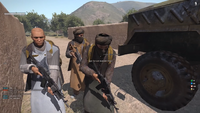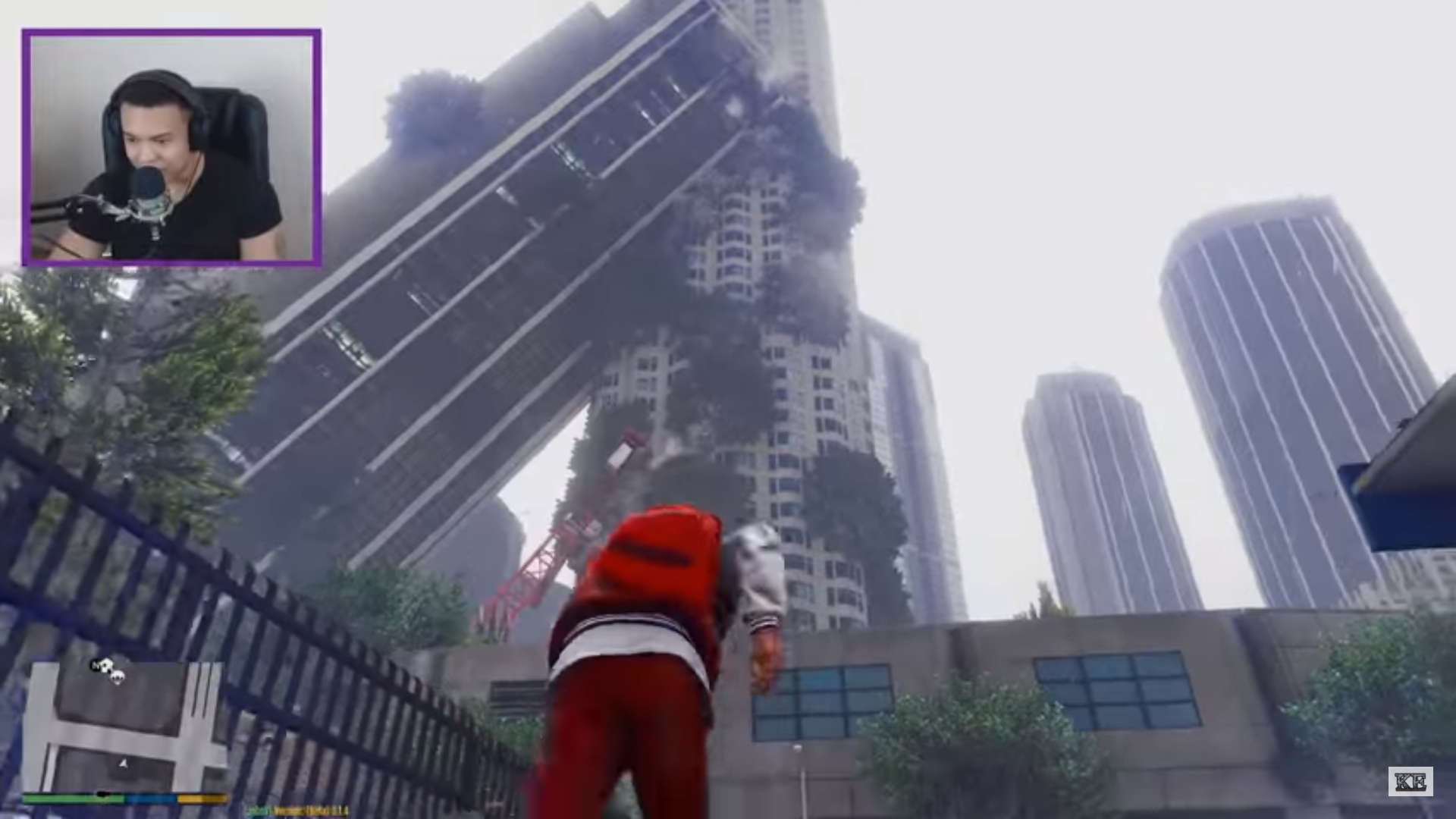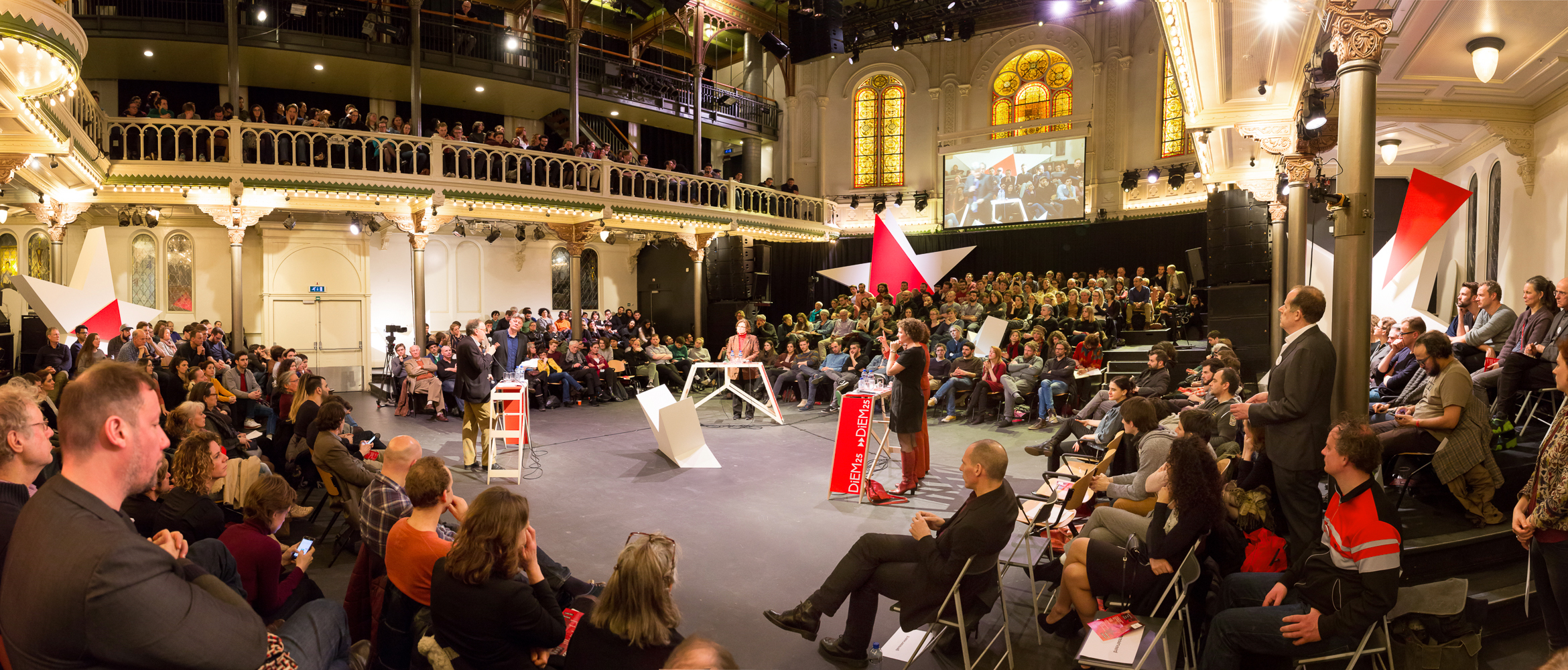Sal: Room of Silence: Difference between revisions
Sal Miranda (talk | contribs) No edit summary |
Sal Miranda (talk | contribs) No edit summary |
||
| Line 10: | Line 10: | ||
Through the work, I want to explore the terrible fantasy that can be played out through gaming and ask what significance, if any, it can have for a world preoccupied with terror. | Through the work, I want to explore the terrible fantasy that can be played out through gaming and ask what significance, if any, it can have for a world preoccupied with terror. | ||
<br> | <br> | ||
[[File:sm_silentroom1.png|Playing as a terrorist online]] | [[File:sm_silentroom1.png|200px|Playing as a terrorist online]] | ||
[[File:sm_silentroom2.png|Playing as a terrorist online]] | [[File:sm_silentroom2.png|Playing as a terrorist online]] | ||
<br> | <br> | ||
Revision as of 16:46, 17 January 2018
1) What are your ambitions for this trimester?
For this trimester, I hope to expand on the previous semester’s exercises I have developed and focus on a longer-term project. This will consist of an essay accompanied by a work (most likely in video format). This is an effort to ‘scale-up’ from the previous semester in anticipation of my thesis work. I will also focus the project on a topic that can directly inform my thesis. While my original thesis proposal focused on the physical manifestations of the ‘digital experience’. I hope to take those manifestations as a given while exploring their social and political implications. [please give more content here: what form could it take?] For instance, my current project on Terrorism in videogames explores how terrorism is experienced as entertainment in online gaming, and how gaming itself is manifested in terrorist propaganda. This work will be further accompanied by a text that explores the role of aesthetics in terrorist propaganda and terrorist role-playing in gaming culture.
2) What orders your life?
My life is currently structured around my Masters program as well as my professional grant writing. The Masters program takes precedence, taking up most of my available time. This time is further divided into research/reading and artistic practice. I devote approximately 30 hours/month to grant writing, which includes writing proposals for arts, engineering, and architecture for clients based in Canada.
3) What are you working on now?
I’m currently finishing a short video essay that explores role-playing of terrorism in gaming culture. This 7-minute work presents possible therapeutic/coping qualities of role-playing as well as the more controversial side of the enactment of terroristic violence through uploaded gaming clips. A narration between two hypothetical players provides opposing perspectives on the meaning of these enactments.
Players often upload clips to YouTube of their screen recordings that capture their personal gameplay. Quite often, these videos are accompanied by their own narration. This tends to be explanatory for their audience, or part of their in-game role-playing. The clips I choose are those that provide highly involved role-playing, both as victim and terrorist, within terroristic events playout out online. These are then juxtaposed to videos where the narrators justify or excuse their re-enactments to their audience.
Through the work, I want to explore the terrible fantasy that can be played out through gaming and ask what significance, if any, it can have for a world preoccupied with terror.


4) What choices in work did you recently made?
My work originally focused on the physical manifestations of the ‘digital experience’ the work explored the formal qualities of online and digital cultures and how these begin to manifest themselves aesthetically in our concrete world. Most recently, I have taken this expansions of the digital into the rain as a given, rather than as a thesis to be explored. I am more concerned with how digitally mediated realities and how digital tools influence social and political behaviour, both online and offline. This means taking a focus on new politics that are made permissible through the development of an online culture. The latter’s formal qualities remain present, but are no longer the conceptual subject.
5) Why did you make these choices?
The externalization of the digital has been visible for at least the last decade. As we move much deeper into these digital worlds there is no doubt that the blurring of the boundary between digital and real will increase. In that sense, exploring it becomes an almost immediately outdated endeavour; not too different from early computer or algorithm art that was fascinated with the formal abilities of computing. What is far more urgent is understanding their social and political implications as we continue to heavily invest our culture in them.
6) What did you recently read?
I recently read Post Propaganda by Jonas Staal. This is a third and final essay to a series published through the Netherlands foundation for visual arts design and architecture.
7) What is the thesis?
In his essay, Staal begins by rejecting current approaches within art criticism for their failure to engage in effective institutional critique and for their complicity in an uncreative democratic process. Staal argues that the Dutch consensus model precludes imagining new forms of government by asserting itself as the best and only available democratic model. [interesting. unpack this in another 50 words or so.] He is particularly critical of the false belief in the independence of Dutch art from political influence. Staal argues for the politicization of art and the ratification of politics in order to force both artists and politicians/publics to redefine the democratic process. Staal then proposes that artists should engage in what has been called ‘over-identification’ art by creating works that serve as alternative political and democratic models. Staal foreshadows his current work, New Unions: a series of international political summits where alternative forms of democracy are practiced.

8) How does this relate to your work?
Post Propaganda has been good food-for-thought since it demands that artists engage not in simulations or interpretations of politics, but in actual politics themselves. [examples would be useful here] Some examples include Staal’s own New Union summits, Christoph Schlingensief’s Bitte Liebt Osterreich!, Jen’s Hanning’s Superdiscount, and The Yes Men. More broadly, Staal is arguing that artwork should be its own reality, the very world it would normally only represent. I am interested in work being the territory rather than the map as it seems to be an approach that can create a much stronger impact or even serve as ‘usable’ artwork, as understood by Stephen Wright. [yes . also consider a general shift = the difference between in art which is representative and art which is performative]
9) Who is on your art radar?
The work of film director Yorgos Lanthimos – I am particularly interested in how he creates new realities, worlds that seemingly exist in other dimensions, that are almost but not quite like ours. This allows him to explore violence and the breakdown of social structures without ever making the claim to directly represent reality. Where films often pretend, or are at least complicit in their audience’s assumption, to be direct reflections of reality, Lanthimos reminds us through these uncanny universes that what we are looking at is merely film. Similar to how Michael Haneke reminds his audience of how film is an artifice through the breaking of the fourth wall and the use of media within media, Lanthimos sets up worlds that do not confuse film for the real. In other words, the critical stance of film’s non-truth is unwaveringly maintained. [more description please - try to evoke images with your descriptions] One of the defining characteristics of Lanthimos’ films are the stilted and mechanic delivery of his character’s lines. Their conversations tend toward the banal, drawing the audience’s attention toward the staging and theatre of action. These are conversations that simply do not occur in the real world; their use gives his fictional settings an other-worldly character. Lanthimos also uses unreal narrative devices. In Killing of a Sacred Deer, a character possesses supernatural abilities. In Lobster, humans are transformed into animals as part of a natural process of aging. These devices reinforce the artifice of his worlds.
10) What media are you consuming?
I’m currently watching rap/hip-hop music videos online. These tend to be video works by European rappers whose videos move away from the traditional depiction of sex and wealth pioneered by American hip-hop, and instead choose to explore irony, politics, emotion, etc.
11) How does this relate to your work?
Many of these rappers incorporate ‘post-internet’ aesthetics, which I have used often in my work. [what does this look like? try to evoke visual images in your description of internet aesthetics] These include photoshop aesthetics, glitch imagery, and computer-generated graphics. These visual languages borrow heavily from internet-based content. Their mix of sincere attempts at personal or social commentary juxtaposed to irony and self-awareness is loosely associated to the ‘New Sincere’ that departs from postmodernism. While not found in my artwork, this tensions is often present in my writing.

